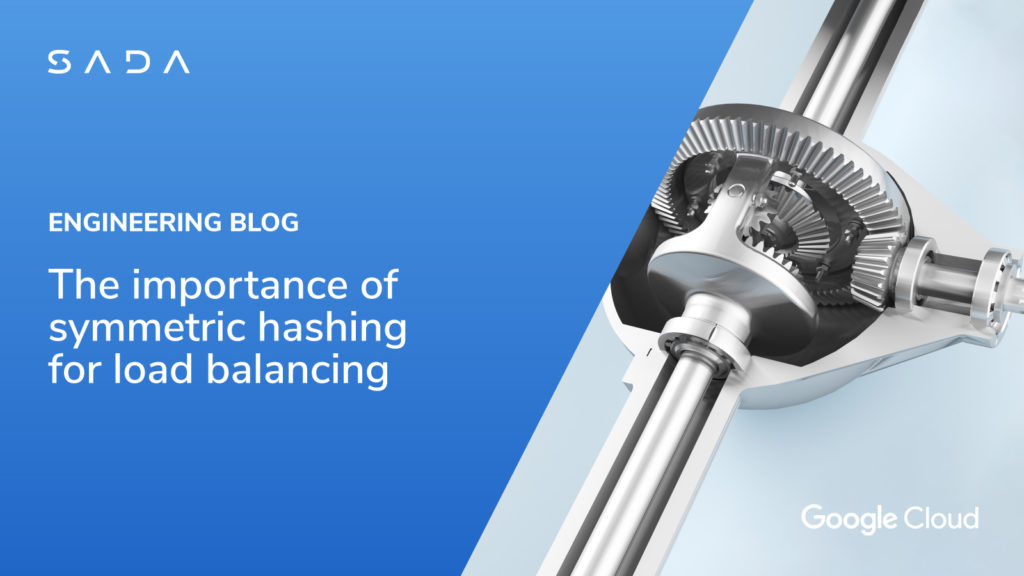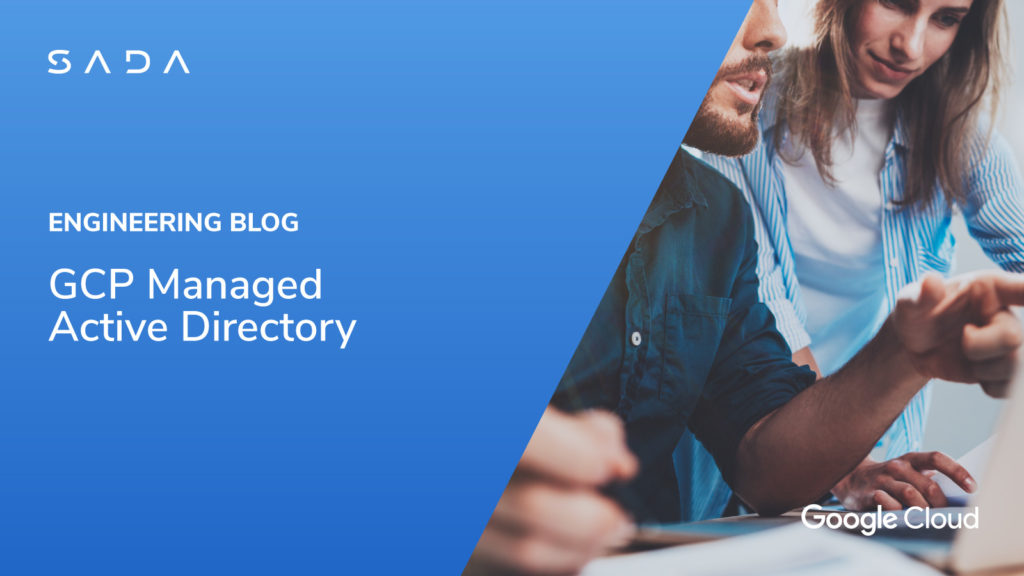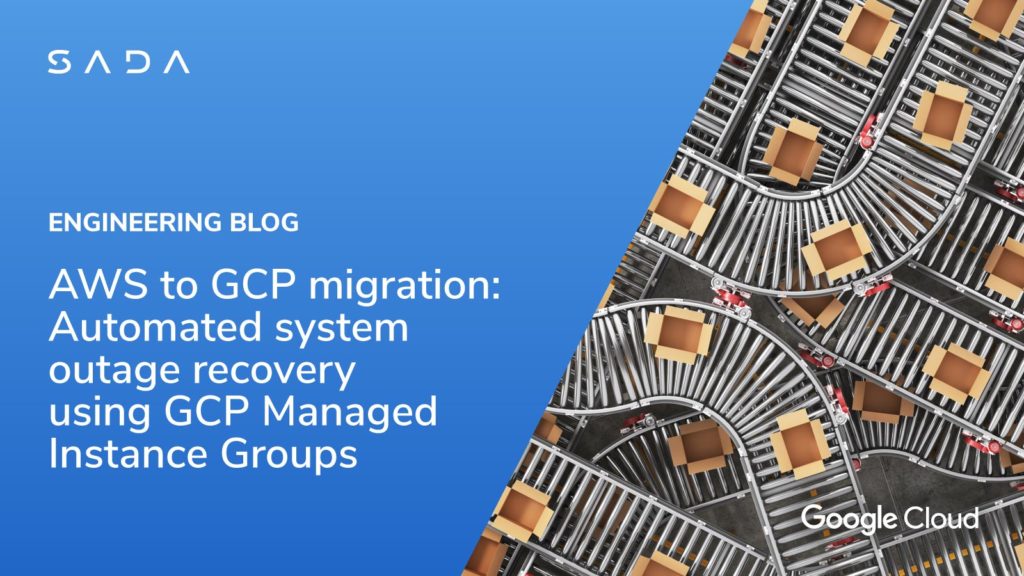Don’t let your GCP POC undermine your production environment
You’ve just completed your cloud Proof-of-Concept (POC). Your team spent dozens–even hundreds of hours and long days, enduring frustrations and successes proving the methodology and technology. It feels like it’s time for the next step in your cloud journey–but really, it’s the time to step back and evaluate your POC objectively. Let’s face it–POC also […]
Don’t let your GCP POC undermine your production environment Read More »






